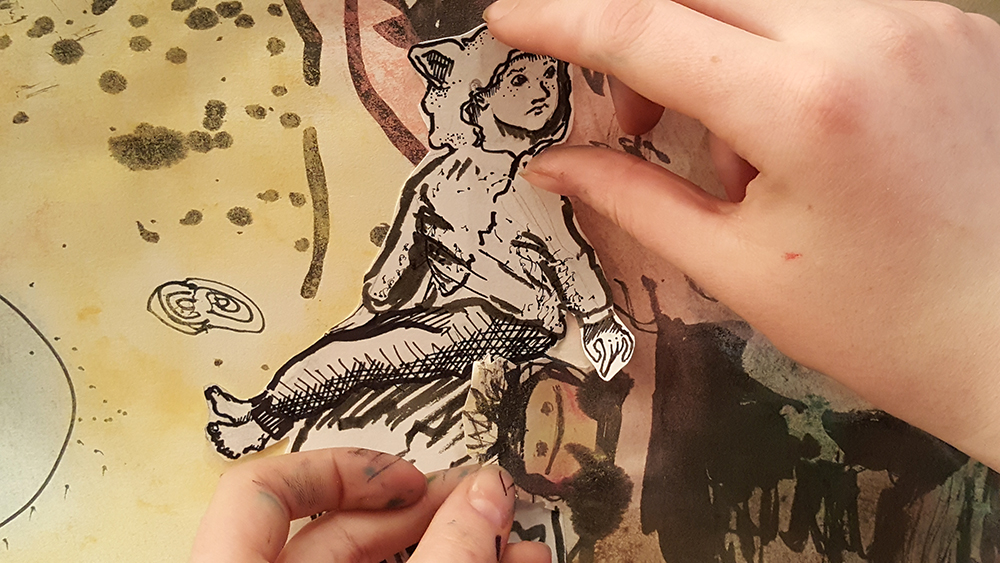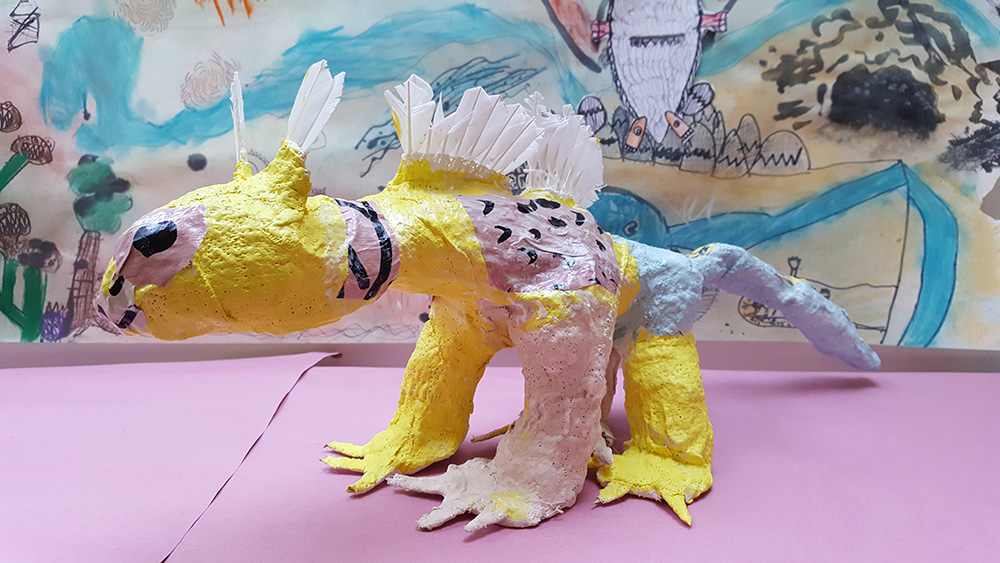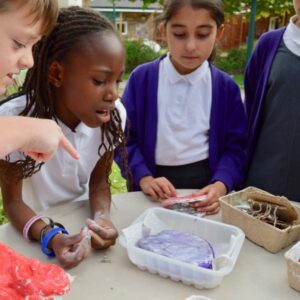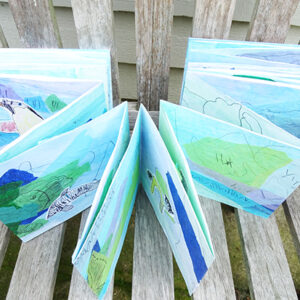Pathway: Drawing and Making Inspired by Illustrators
Pathway for Years 4 & 5
Disciplines:
Sculpture, Painting, Drawing, Collage, Sketchbooks
Key Concepts:
-
That Illustrators use line, colour and shape to create drawings which bring stories to life.
-
That we can use other people’s artwork as a creative stimulus, and use lots of different media (paper, pen, paint, modelling materials and fabric) to work towards our own artwork.
-
That we can use our knowledge and curiosity of line, shape, colour and form to make playful and inventive art.
-
That we can make an individual artwork which contributes to a larger shared piece, or we can work on a shared artwork.
-
That making art can be fun and joyful, and that we can find subject matter which inspires us all and brings us together.
This pathway provides a framework for teachers to enable pupils to create their own work in a variety of media, in response to the work of an author/illustrator (in this case Maurice Sendak).
The project explores: Mark making with pen, pencil and ink, making a shared drawing, colour mixing (soft pastels), making sculpture (plastic bags, paper, wire, modroc) and collage.
As with all AccessArt approaches, the emphasis is on a journey of building independent learning through lots of experimentation and creative risk taking, and balances sketchbook and exploratory work with high quality and varied final outcomes.
Themes: Narrative, Landscape, Character Development
Medium: Pens, Soft B Pencils, Ink, Collage Paper, Plastic bags, Paper, Wire, Modroc, Modelling Materials
Artists: Maurice Sendak, Shaun Tan
If you use this resource in your setting, please tag us on social media: #InspiredBy @accessart (facebook, twitter) @accessart.org.uk (instagram) and share the url. Thank you!
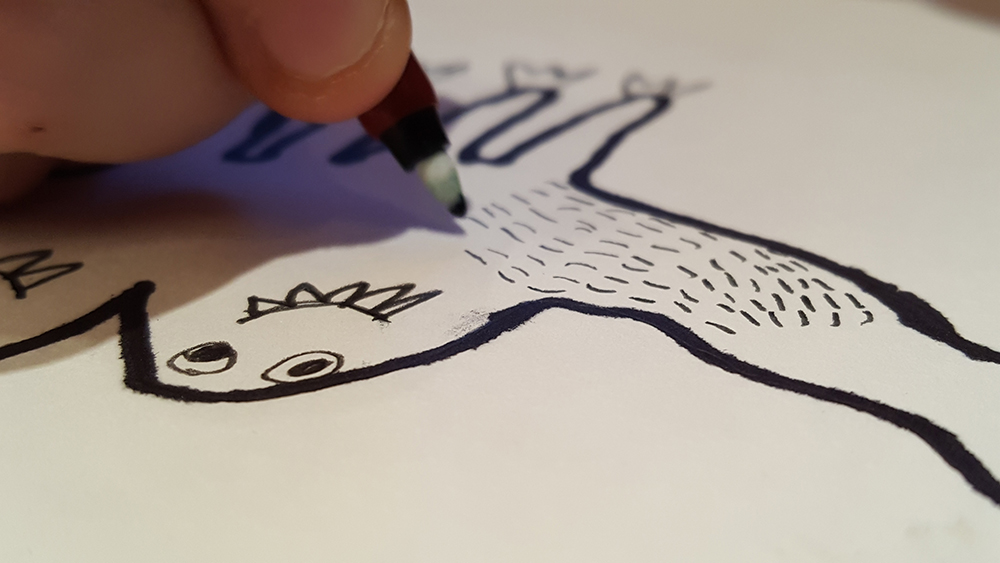
Additional Pathway
This pathway is an additional pathway to help you extend, develop or further personalise the AccessArt Primary Art Curriculum.
We suggest this pathway is used to replace a “Working in 3 Dimensions” (Blue) Pathway – it works well in replacement of Telling Stories Through Drawing & Making (Years 3 & 4), or Set Design (Years 5 & 6).
Please note the activities in this pathway are best suited to more confident teachers who are happy with a higher level of interaction with the work, and more able or experienced pupils.
You may also like to use the activities in this pathway with a smaller group of children in an after school club or community context.

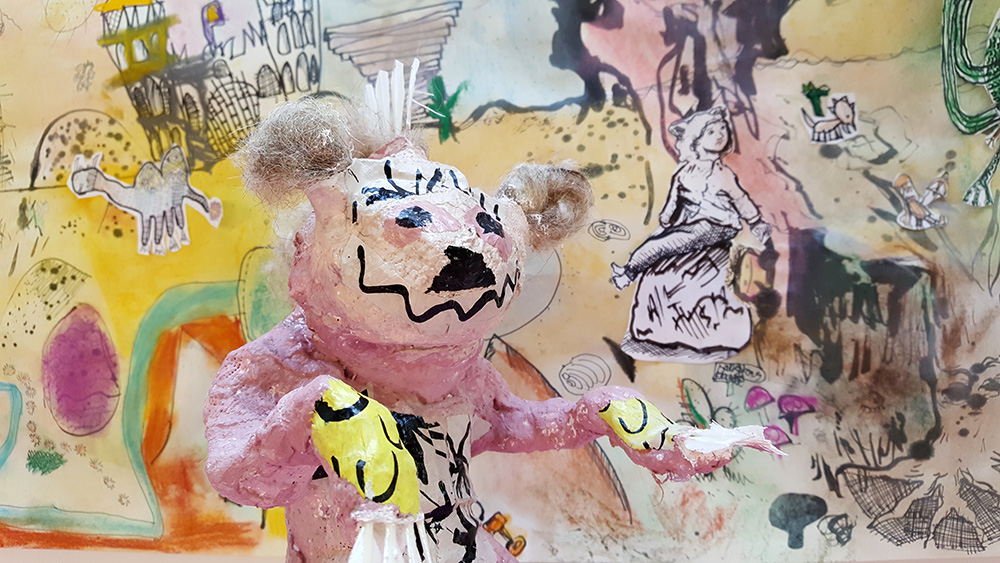


Teaching Notes
Tips from Teachers
“Put a long piece of paper down on each table. Four children per piece of paper works the best so they don’t get too crowded.
Put examples of the book on their tables and three different sized black pen. Do the ink drawings in one lesson and then the black pen detail in the next and colour in the next with pastels.”
Find the MTP for this pathway here.
See the recording of the Zoom CPD session Exploring Modroc.
Journeyful Teaching: Teaching for The Journey, Not The Outcome
Pedagogy in 250 Words: Making is Hard
Curriculum Links
English: Responding to Texts and Narrative
Geography: Landscapes and Habitats
Science: Animals, Plants and Trees
PSHE: Supports Responsibility to the planet, Collaboration, Peer Discussion.
I Can…
-
I have explored the work of an Illustrator and used my sketchbook to record my observations.
-
I can draw directly from life, making quick sketches expressing emotion and personality.
-
I can explore mark making, and use marks to create a (sometimes shared) background.
-
I can mix colours using soft pastels.
-
I can make a sculptural creature or person, understanding that by working in 3d my sculpture will be seen from different viewpoints, and be inspired by the drawn background.
-
I can present my work as part of a larger artwork, and I can share my response to my own work and also to the work of my peers.
Time
This pathway takes 6-8 weeks, with an hour per week. Shorten or lengthen the suggested pathway according to time and experience. Follow the stages in green for a shorter pathway or less complex journey.
Materials
Pens (3 different thicknesses), Soft B Pencils, Sketchbooks, A3 Cartridge Paper, Soft toys, Black Ink, Quills, Roll of Paper, Soft Pastels, Glue Stick
Modroc, Plastic Bags, Sellotape Construction Materials (see list here )
See This Pathway Used In Schools
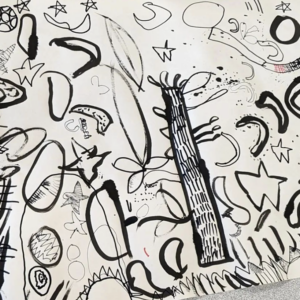
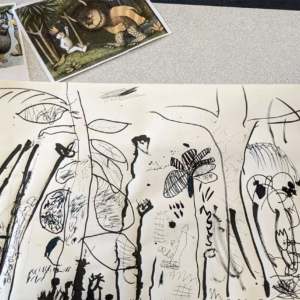
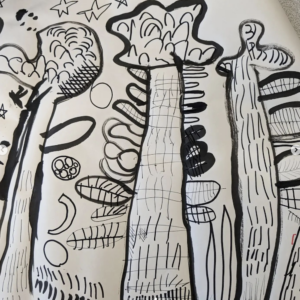
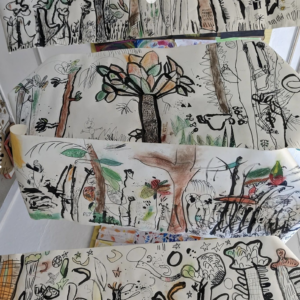
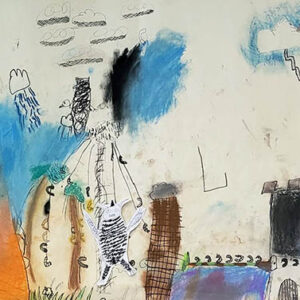

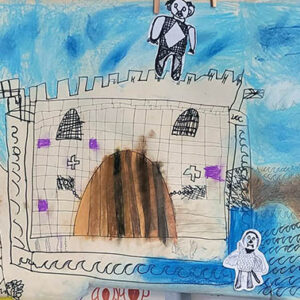
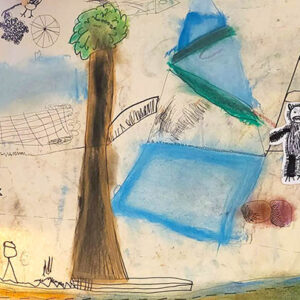
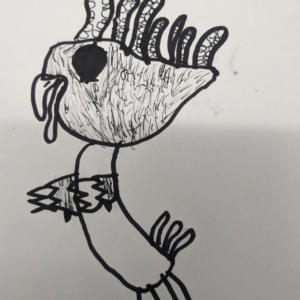
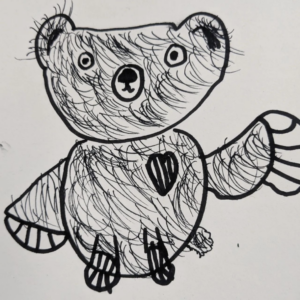
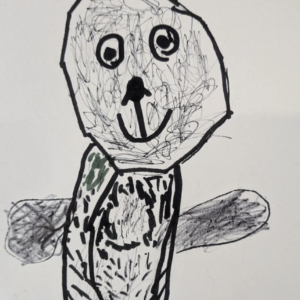
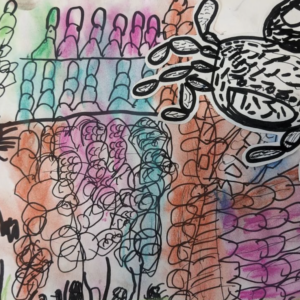
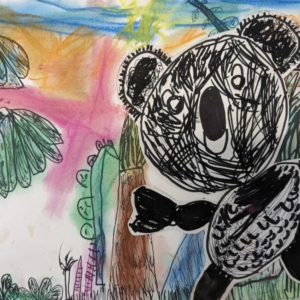
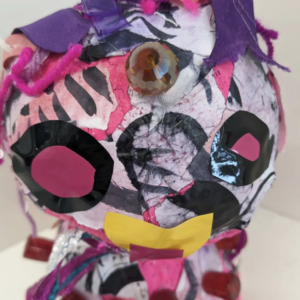
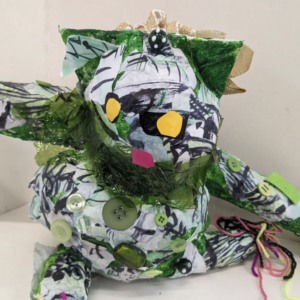
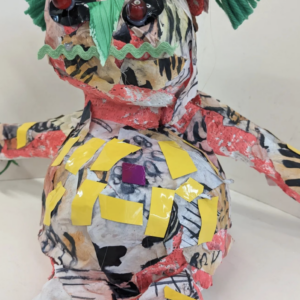
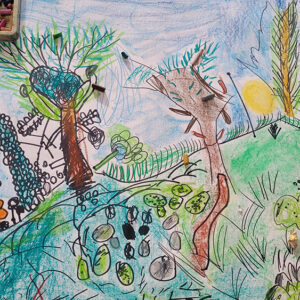
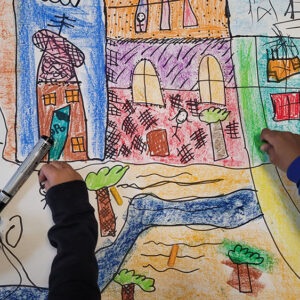
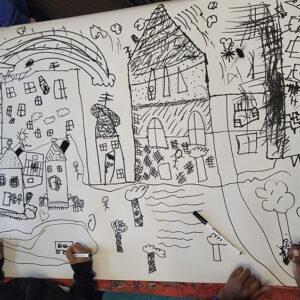
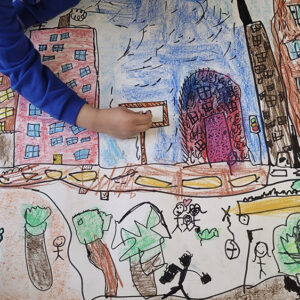

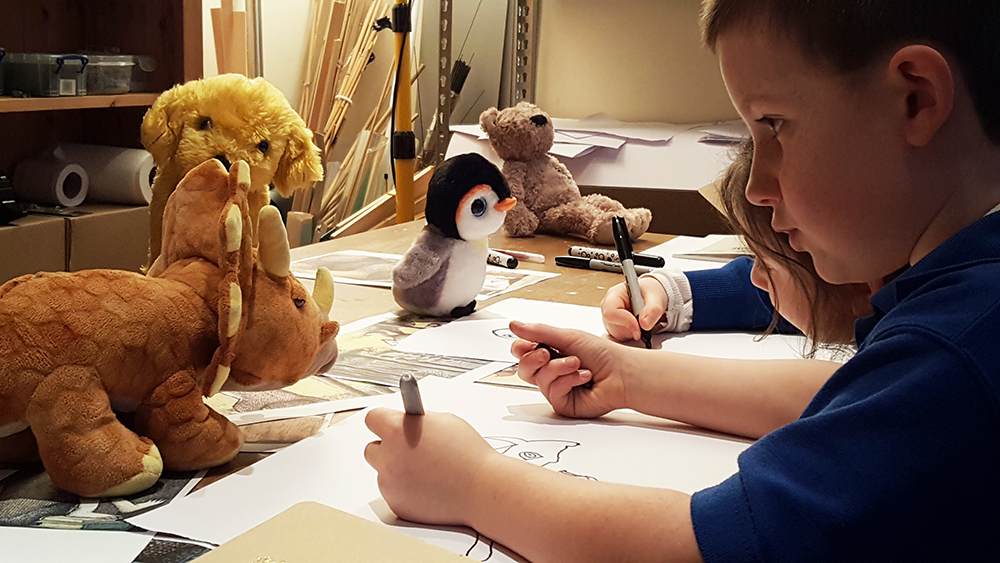


 Practise drawing from life in the
Practise drawing from life in the 